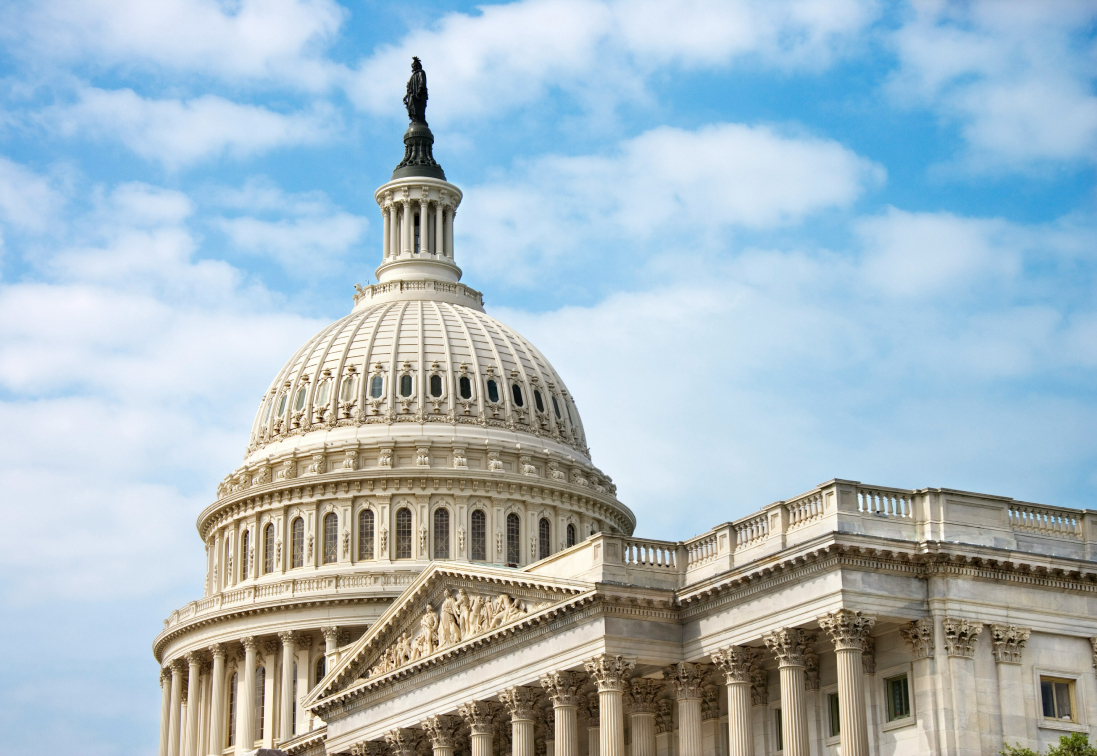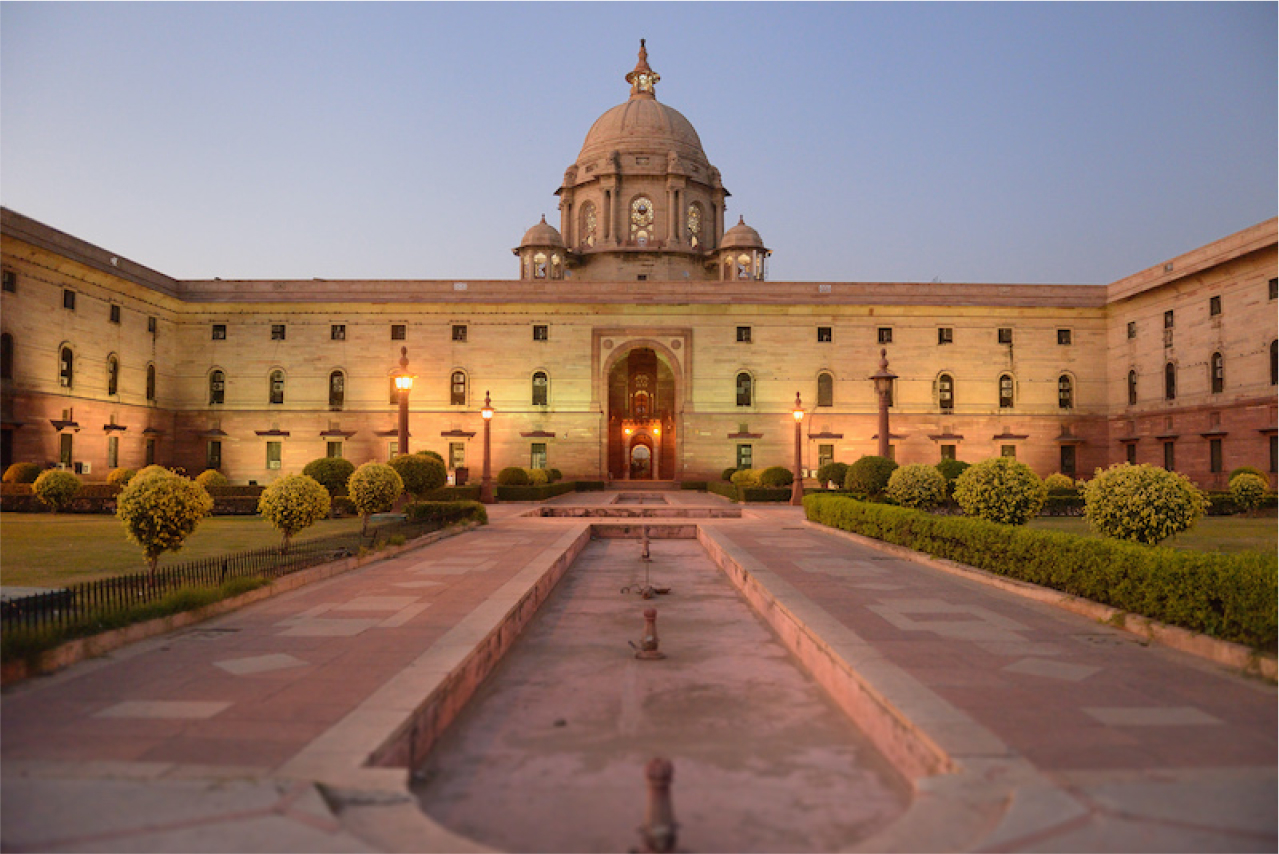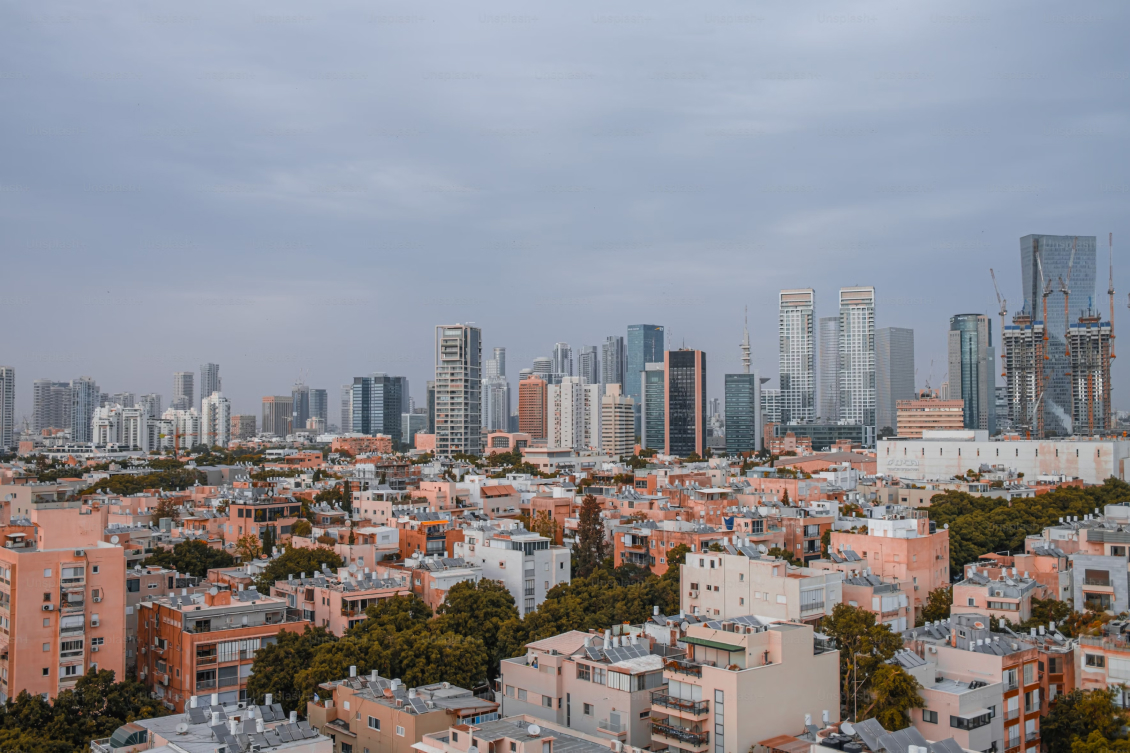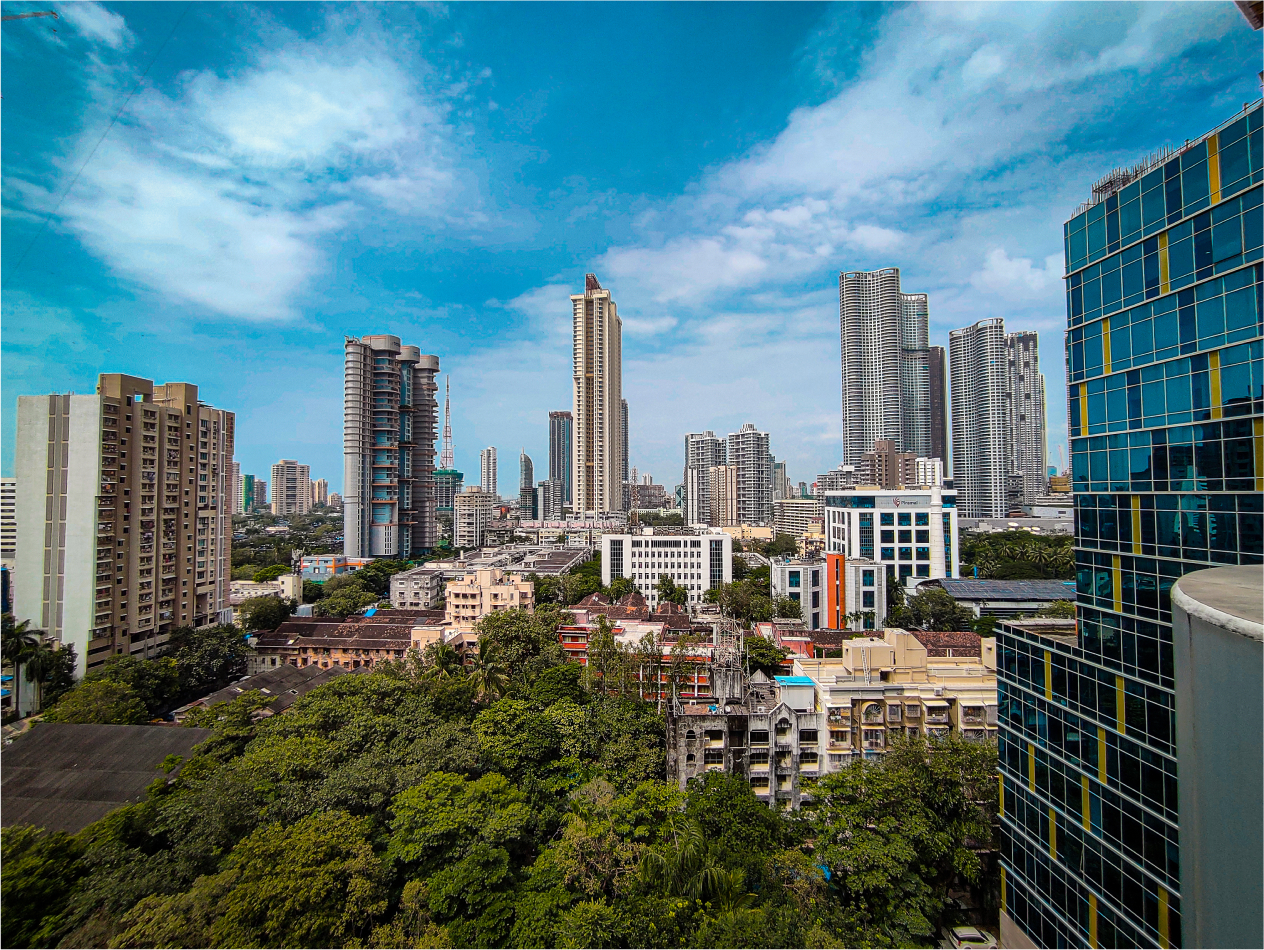

Albright Stonebridge Group is a foundational partner of DGA Group, an expert-led advisory firm that helps clients protect—and grow—what they have built.
With offices and experts around the world, we provide a nuanced understanding of each market’s unique cultural, economic, political, and regulatory environments.
Albright Stonebridge Group was created in 2009 through the merger of international consulting firms The Albright Group, founded in 2001 by former U.S. Secretary of State Madeleine Albright, and Stonebridge International, founded in 2001 by former U.S. National Security Advisor Sandy Berger. In 2021, Albright Stonebridge Group became a founding member of DGA Group.
We offer perspectives honed at the highest levels of government and business, and insights informed by an unparalleled worldwide network of regional experts and sectoral specialists based in more than 40 countries. The formation of DGA Group has further enhanced our ability to provide clients with integrated solutions, helping them navigate challenges, seize opportunities, and make informed decisions through our expanded global network of experts.
Learn more about our services here
DGA-Albright Stonebridge Group leadership








































